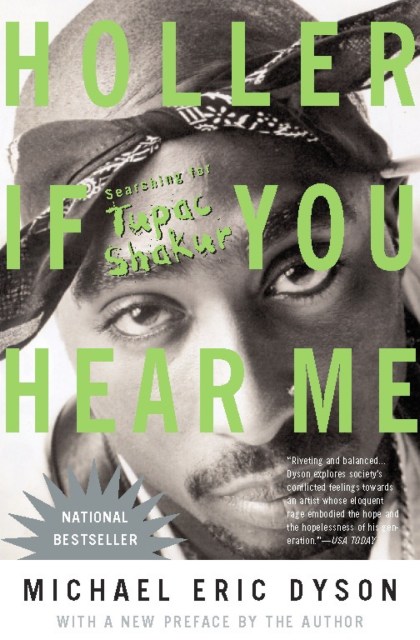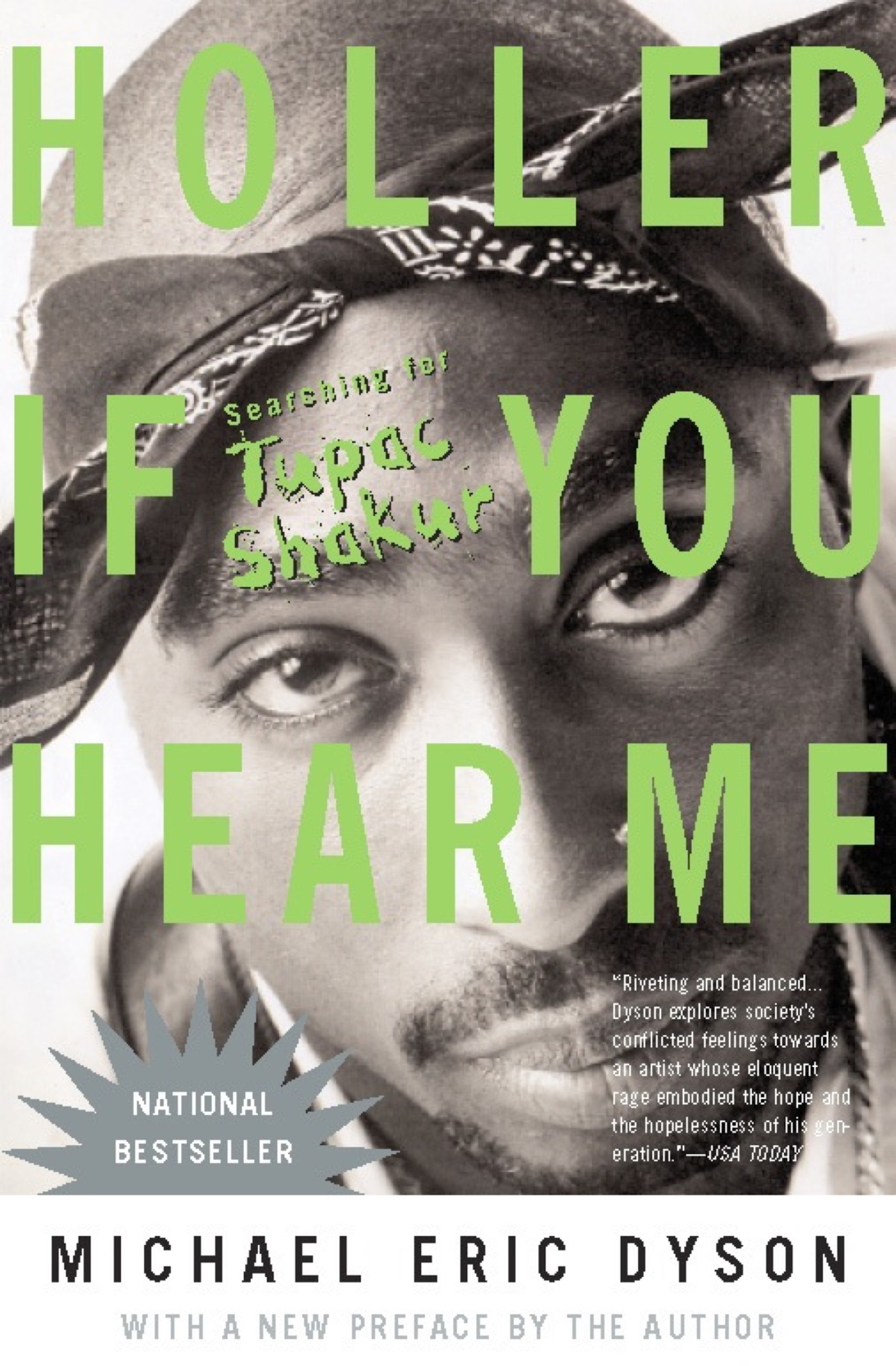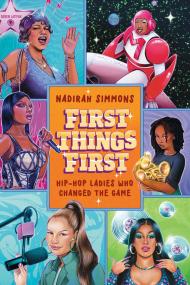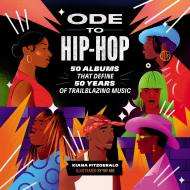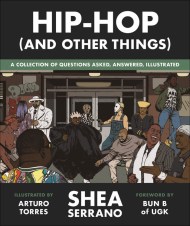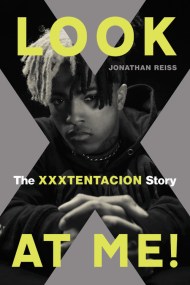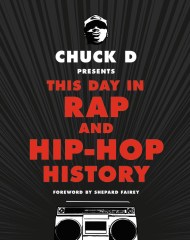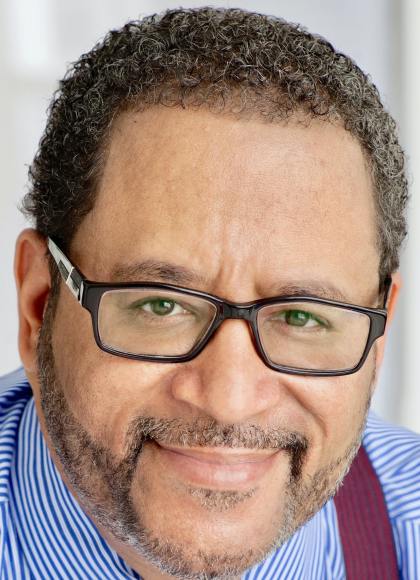Promotion
Sign up for our newsletters to receive 20% off! Shop now. Exclusions apply.
By clicking “Accept,” you agree to the use of cookies and similar technologies on your device as set forth in our Cookie Policy and our Privacy Policy. Please note that certain cookies are essential for this website to function properly and do not require user consent to be deployed.
Holler If You Hear Me
Searching for Tupac Shakur
Contributors
Formats and Prices
Price
$11.99Price
$14.99 CADFormat
Format:
- ebook $11.99 $14.99 CAD
- Trade Paperback $18.99 $23.99 CAD
This item is a preorder. Your payment method will be charged immediately, and the product is expected to ship on or around September 5, 2006. This date is subject to change due to shipping delays beyond our control.
Also available from:
“In the tradition of jazz saxophonists John Coltrane and Charlie Parker, Dyson riffs with speed, eloquence, bawdy humor, and startling truths that have the effect of hitting you like a Mack truck.”-San Francisco Examiner
“Such is the genius of Dyson. He flows freely from the profound to the profane, from popular culture to classical literature.” — Washington Post<br
“A major American thinker and cultural critic.” — Philadelphia Inquirer
“Among the young black intellectuals to emerge since the demise of the civil rights movement” — undoubtedly the most insightful and thought-provoking is Michael Eric Dyson.” — Manning Marable, Director of African American Studies, Columbia University
- On Sale
- Sep 5, 2006
- Page Count
- 304 pages
- Publisher
- Civitas Books
- ISBN-13
- 9780786735488
Newsletter Signup
By clicking ‘Sign Up,’ I acknowledge that I have read and agree to Hachette Book Group’s Privacy Policy and Terms of Use
